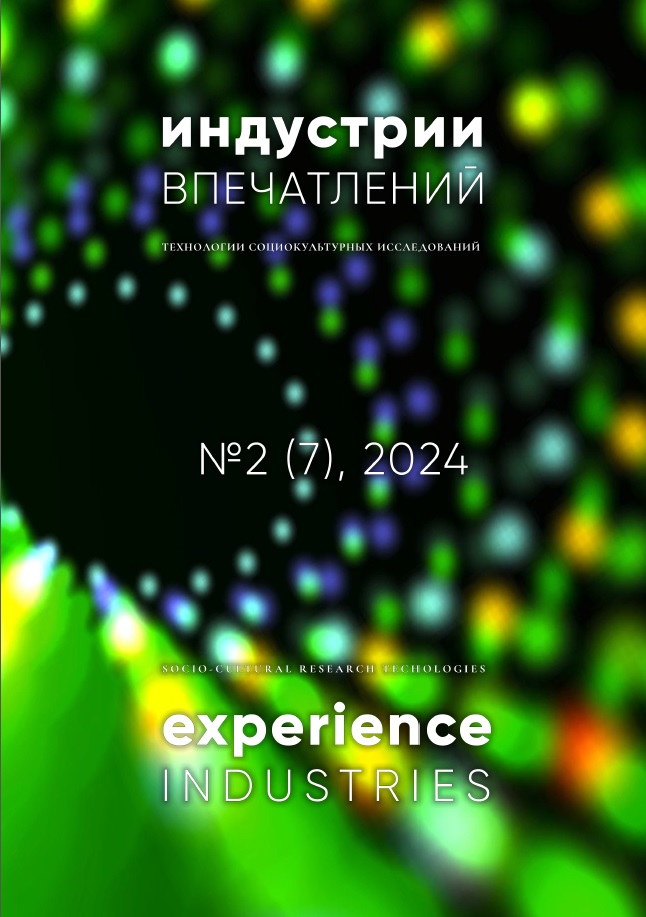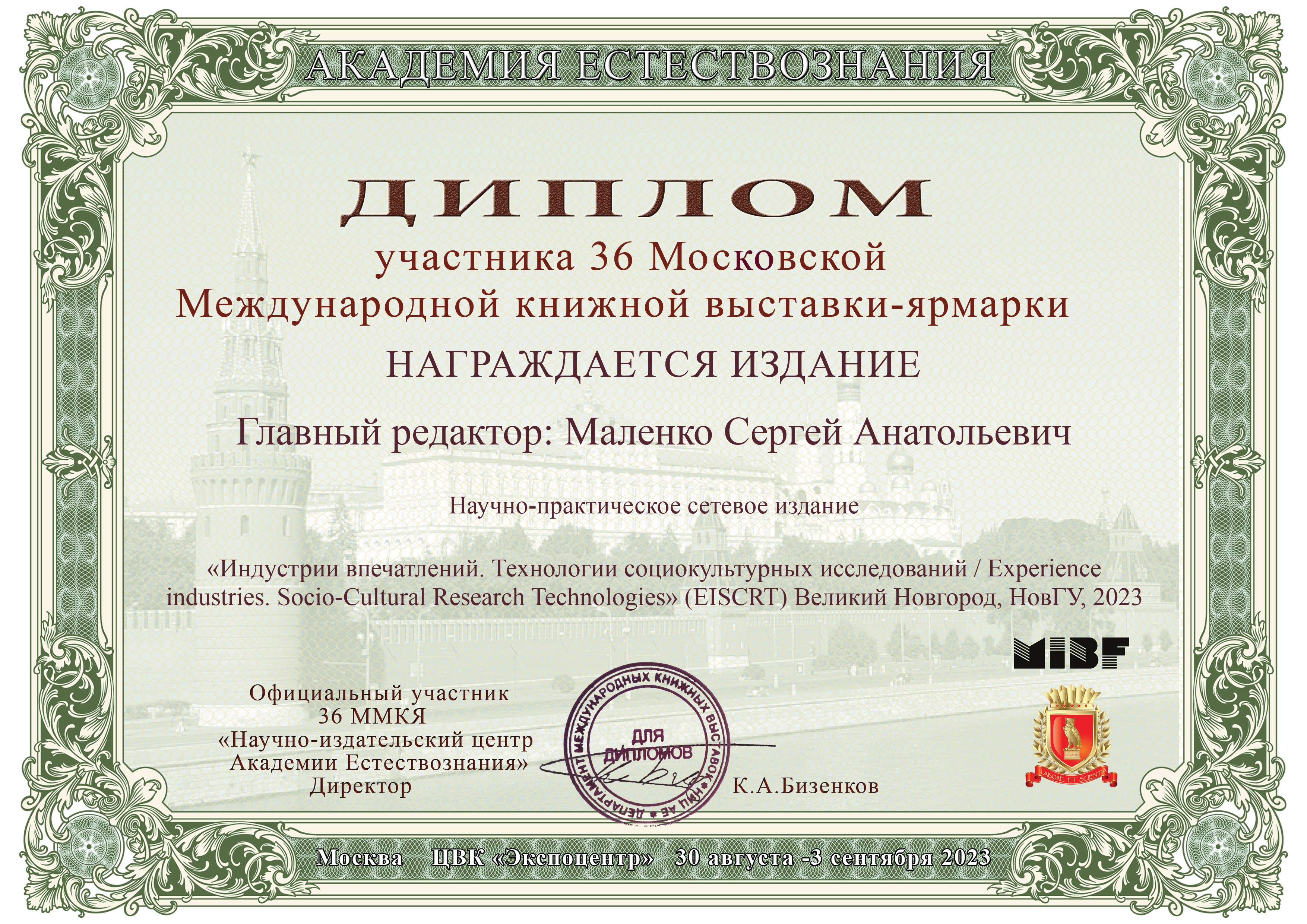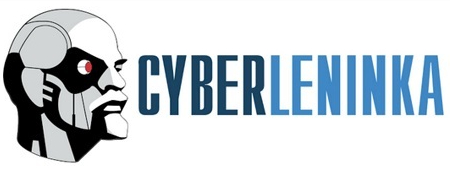A PLOT TWIST WITH THE PLAY OF CONSCIOUSNESS IN THE CINEMA: THE HERO IS MORE ALIVE THAN DEAD
DOI:
https://doi.org/10.34680/EISCRT-2024-2(7)-56-85Keywords:
cinematic art, cinematic technique, plot twist, dialogical nature of consciousness, film discourse, impressions, human consciousness, imaginary visionAbstract
The article, based on a hermeneutical analysis of modern films, examines the question of the dialogical nature of human consciousness. The research problem also consists of an attempt to actualize the phenomenon of understanding the concept of “consciousness” in mass culture texts, which, in our opinion, is one of the most discussed issues in the modern scientific paradigm from the point of view of the cognitive-discursive approach. The representation of the meanings of the films under study is significant both at the level of theoretical generalization of work methods to attract the viewer’s attention, and at the practical level, for example, identifying ideas about similar components of the “plot twist with the game of consciousness” strategy. The material for analysis is action-packed popular films, the scripts of which use this strategy of visual metaphor of the invisible / “plot twist with the game of consciousness”. In reasoning and understanding the stated problems, the authors turn to the perception of viewers (informants). The informants are students of the “Cultural Studies” department of the Department of Cultural Studies and Religious Studies of the Northern (Arctic) University.
For citation:
Lefman, T. O., & Egorova, E. N. (2024). A plot twist with the play of consciousness in the cinema: the hero is more alive than dead. Experience industries. Socio-Cultural Research Technologies (EISCRT), 2 (7), 56-85. (In Russian). https://doi.org/10.34680/EISCRT-2024-2(7)-56-85








